After lunch we will visit HIGHLANDS OF SANTA CRUZ, where we will hike and encounter giant
tortoises in their natural habitat, a natural wonder. For this visit we recommend to use sport
shoes, long pants, raincoat, hat and sun block.
Return to Alya.
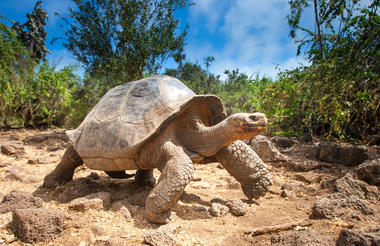
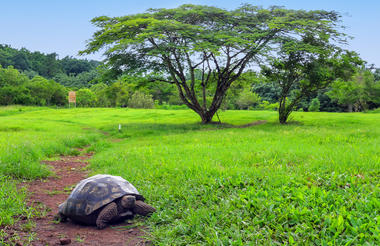
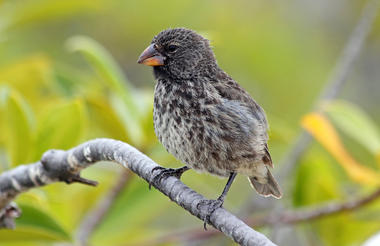
MORENO POINT: is located on the north coast of Isabela Island between Sierra Negra and
Cerro Azul Volcanoes. The main attractions at Punta Moreno are coastal lagoons amid black
lava flows where there are several species of birds. It has a panoramic view of the three most
active volcanoes in the Galapagos: The Sierra Negra, the Cerro Azul (Isabela Island) and La
Cumbre (Fernandina Island). Lunch.
ELIZABETH BAY: This is one of the island’s breeding sites for penguins. Located on the west
coast of Isabela, Elizabeth Point is a marine visitor site. Visit Red Mangrove Cove: Brown
pelicans, flightless cormorants, spotted eagle rays, golden rays and sea lions are often seen.
Dinner.



Breakfast
Lunch
Dinner
URBINA BAY: this place is located at the base of Alcedo Volcano between Elizabeth Bay and
Tagus Cove. Wet landing. Trail length is around 3.20 Km; during this we can observe land
iguanas, hawks, and tortoises. It is also possible to see red and blue lobsters. Lunch.
ESPINOZA POINT: Fernandina is the third biggest island in the Galapagos and has only one
visiting site: Espinoza Point, famous for the large colonies of marine iguanas and the home of
the flightless cormorant, the Galapagos penguin, snakes, and more.
From Espinoza Point, we can admire the beauty of Fernandina Island and its volcano which last erupted in May of 2005.
Fernandina is the only island that doesn’t have mammals and the open areas are extremely
fragile. From January to June, the nesting period of the marine iguana, we take great care
when walking. Dinner.



Breakfast
Lunch
Dinner
TAGUS COVE: It is located to the west of Darwin Volcano on Isabela Island. While walking,
we will find several inscriptions (names of pirates) dating back to the 1800’s. From here, we
can see Darwin Lake, a salt water lake with a depth of approximately 9 m. It contains no fish.
It is very common to see a variety of bird species. Lunch.
VICENTE ROCA POINT: is comprised of two separate coves, this site is a large bay with
spectacular sea life. Keep an eye out for seahorses, sea turtles, and the strange yet fascinating
Mola-mola (sunfish). Dinner.



Breakfast
Lunch
Dinner
ESPUMILLA BEACH: The main attractions include Palo Santo Wood, the beach, and the
stunning landscape; the beach is a very important site for tortoises because they use this place
for nesting. Lunch.
EGAS PORT: Here we find a beautiful black sand beach; to the south of the beach is the Pan
de Azucar Volcano, whose volcanic deposits have contributed to the formation of the black
sand beach. The crater of this volcano contains a saltwater lake that dries up during hot
weather. Between 1928 and 1930, explorations to develop a salt mine were carried out, but
it was decided that a mine was not feasible. The workers’ use of endemic woods also damaged
the environment and the development was scrapped. Descent to the salt mine is not allowed.
Dinner.
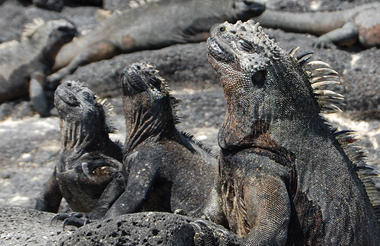
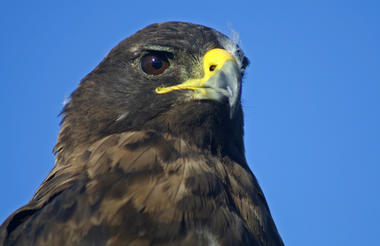
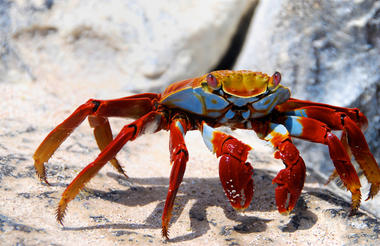
Breakfast
Lunch
Dinner
BACHAS BEACH: This beautiful beach is located in the north of Santa Cruz Island; the beach
is one km long. The site was named during WWII (World War II) when the American army left
two barges on the beach. The early colonists couldn’t pronounce barges correctly, so they
called the area “Bachas”. Transfer out.


Breakfast







